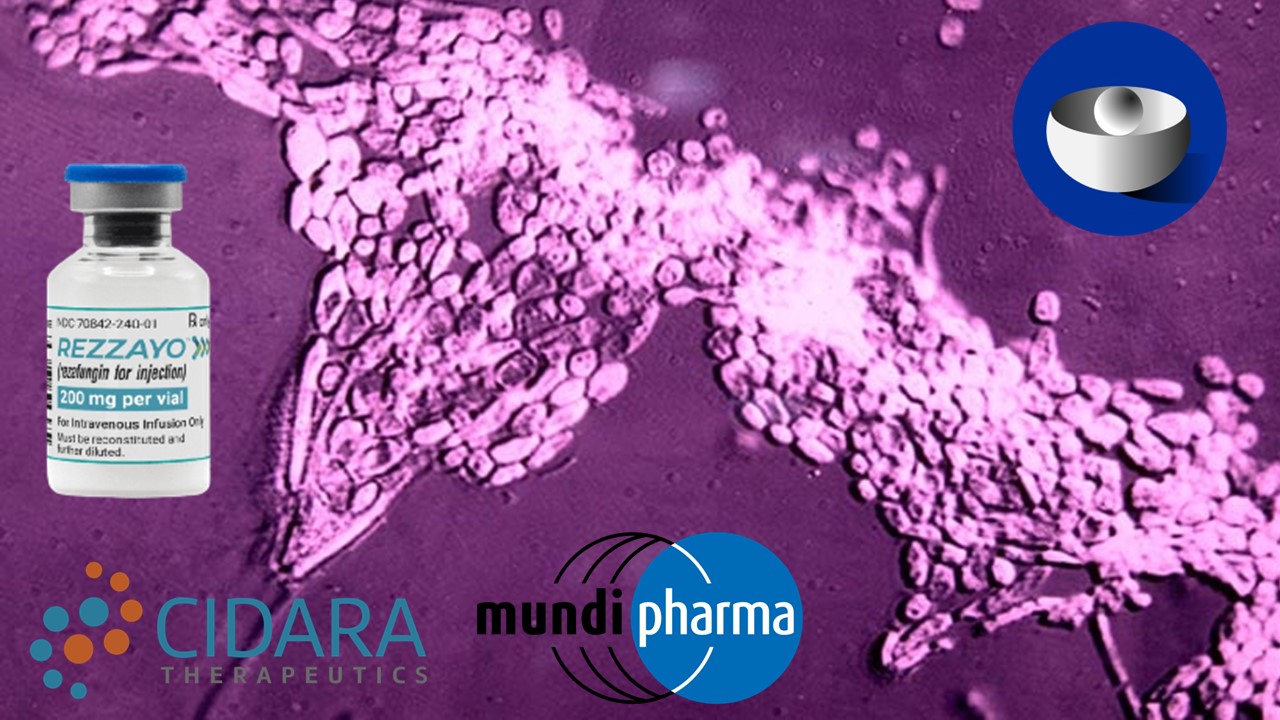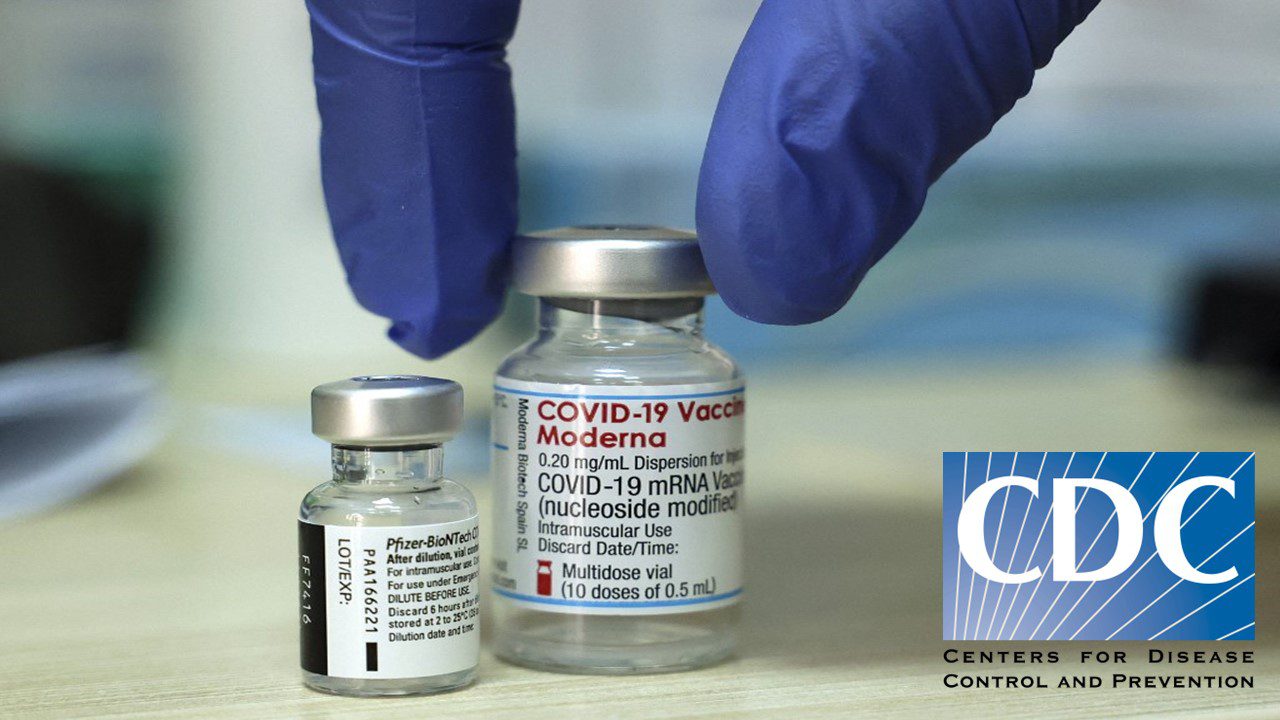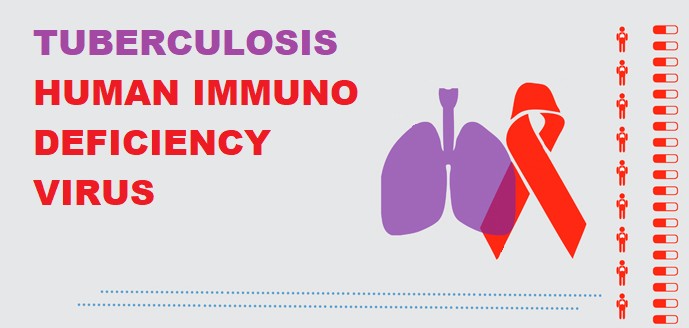With recent developments throughout the world, the COVID pandemic may not be at the forefront of the current zeitgeist – yet the importance of understanding how to treat it, prepare for new variants, and improving how we tackle long COVID, remains undiminished. Though Omicron has already peaked in most of the world, with notable exceptions such as Hong Kong, we have seen how the virus can adapt to and undermine efforts to contain it when we let our guard down.
The Death Throes of Omicron?
Though Omicron has begun to subside from public view – with R numbers in England ranging from 0.8-1.0, and decidedly less than 1 for London (0.7-0.9), this does not remain the case across the world. Hong Kong has experienced an unprecedented outbreak of Omicron – despite showing a great ability to contain previous variants. Scenes of patients waiting to be seen outside hospitals for days are representative of the over 16,600 cases the city has recorded in 2022 so far – already greater than the entirety of either 2021 or 2020. The policy of hospitalizing all recorded cases has not done the city-state any favors – and will likely become unsustainable as the outbreak progresses. This and other infrastructural shortcomings show how Omicron can overwhelm a system, despite its highly established and predictable nature that has been demonstrated over outbreaks in several other countries.
A Feverish Pace of Research
One defining feature of the pandemic, and the last two years in general, has been the speed with which we have moved to discover novel vaccines and treatments for SARS-CoV-2 and the disease it causes. Currently, over a hundred late stage clinical trials are on-going for product candidates related to COVID-19 – before even considering investigational products in early trials or preclinical development. Considering the restrictions on currently approved treatments, this is a much-needed development: molnupiravir is not as effective as paxlovid, and the latter has shown undesirable interactions with an extensive list of other medications.
Yet these two products have paved the way for many new candidates – over 40 investigational products target RNA-dependent polymerase, like molnupiravir; over 180 function like paxlovid by preventing viral protease from working. One of the downsides of targeting viral proteins in this manner is the possibility of treatment resistance once the virus mutates to adapt to the drug. Multiple drugs are currently being investigated with human targets instead – such as baricitinib for hospitalized patients. Known as a rheumatoid arthritis treatment which acts by dampening the response of the immune system: a trial has shown that baricitinib can lower death rate by more than 13%. Additionally, it may also lessen the impact of long COVID – with immune hyperactivity hypothesized to be one of the reasons for the formation of microclots.
Baricitinib’s effects against COVID-19 were elucidated through the RECOVERY trial, which is one of the largest programs to discover COVID-19 treatments, and runs in the UK. It is the fourth agent to be identified in the program so far – after dexamethasone, tocilizumab, and the Ronapreve combination of monoclonal antibodies. The importance of such large-scale trial programmes had already been demonstrated in WHO and CDC initiatives for the development of vaccines early in the pandemic, and will likely remain crucial as we seek new treatments.
Another drug which continues the trend of repurposing already established compounds, and also targets human proteins, is plitidepsin – a cancer treatment. Plitidepsin targets the eukaryotic translation elongation factor 1 (eEF1A) protein, a critical piece of cellular machinery for the production of new virions. The study also found that preventative treatment was effective in preventing infection – which has the potential to truly change how we tackle the spread of the virus. The trial found no truly significant toxicity in mouse studies – apart from weight loss at increased dosing regimens; this is particularly important, as off-site toxicity is always a concern with host-targeted antivirals.
The Vaccine Front
The development of new vaccines also continues unabated. Sanofi and GlaxoSmithKline may have missed out on the initial race to develop a jab, but the vaccine candidate they now seek approval for has posted impressive results. Their two-dose regimen exhibited a 100% efficacy in preventing severe disease, and 59.7% against any symptomatic disease. The vaccine is also protein-based, unlike any of the major available products so far. Many hope this may make it more familiar among the vaccine-hesitant – as it uses the same technology as many other routine vaccinations.
This may also explain why Sanofi decided to discontinue its own mRNA-based vaccine efforts – preferring to instead compete against Pfizer and Moderna with a different platform altogether. Rollouts of the Novavax vaccine, approved in December, have already begun in the hopes of swaying those who remain skeptical of mRNA vaccines. German surveys of the 19.8m who have refused to be vaccinated show a higher degree of willingness to accept the Novavax jab, which is good news for protein-vaccine developers.
GSK has seen another vaccine approved in Canada: Covifenz, developed in partnership with Medicago. The vaccine uses the latter’s unique plant-based technology, with virus-like particles grown inside plants similar to tobacco plants – which can produce a large amount of particles in a short time. Medicago claims the technology offers them dexterity – with only three weeks needed to produce a prototype. Covifenz marks another protein-based vaccine using GSK’s pandemic adjuvant technology, which shows promise for future developments.
The importance of research cannot be underestimated as we move through the pandemic. The UK has already documented record increases in the number of people living with chronic illness as a result of SARS-CoV-2 infection and long COVID. The unmet need of treating the chronic condition will need to be urgently addressed by industry. If the current pace of innovation and clinical development for novel treatments, as well as repurposed drugs already used to treat other diseases, is any indication, then this should be a bright year for tackling COVID-19. Furthermore, the pioneering of new vaccine technologies continues, which should provide a vast array of options to suit any infrastructure, nation and individual – and hopefully bring us a step closer to eliminating COVID.
Nick Zoukas, Former Editor, PharmaFEATURES
Subscribe
to get our
LATEST NEWS
Related Posts

Infectious Diseases & Vaccinology
Rezzayo™’s Latest EU Approval for Invasive Candidiasis Breaks Ground in Antifungal Therapy
Rezafungin marks the initial addition to the treatment arsenal for patients grappling with invasive candidiasis in more than 15 years.

Infectious Diseases & Vaccinology
Unmasking the Shadow: CDC Battles the Latest Fungal Meningitis Outbreak in Matamoros, Mexico
CDC tackles fatal fungal meningitis outbreak linked to surgeries in Matamoros, Mexico.











